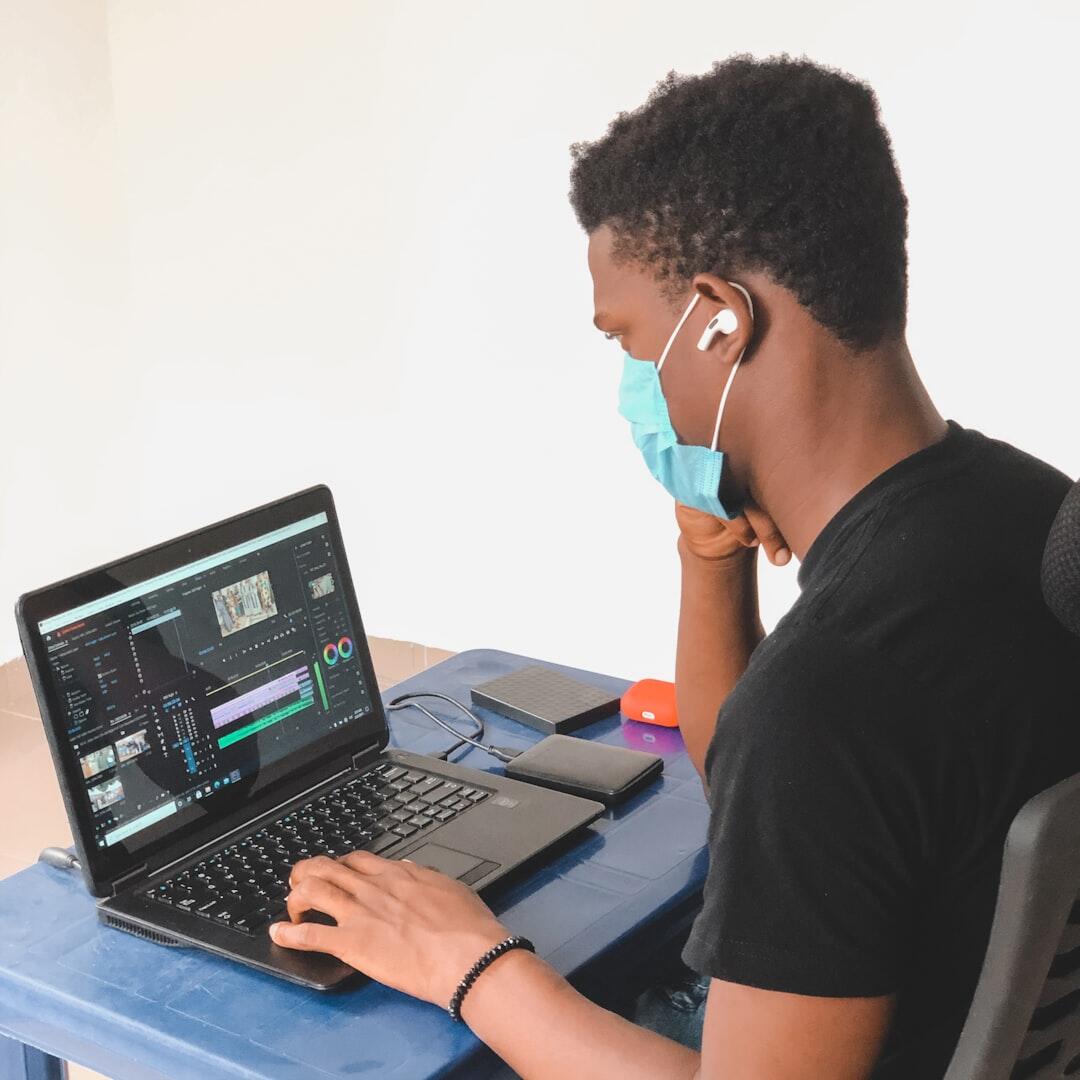Are you looking to go back to work after surgery? You may be wondering if your pain and symptoms can stop long enough for you to go to work.
Post-tubal ligation syndrome timeline can last anywhere from a few days to a few months. The severity and duration depend on your own body and how drastically your fallopian tubes were affected.
But how long does post-tubal ligation syndrome last? Read on and explore the common symptoms, their frequency, and their duration.
Table of Contents
Understanding Post Tubal Ligation Syndrome (PTLS)
PTLS is a unique medical condition that refers to the occurrence of symptoms after a tubal ligation procedure. These symptoms can include:
- irregular periods
- mood swings
- hot flashes
- fatigue
- abdominal pain
Some women report feeling depressed and having decreased libido. It’s important to note that PTLS does not affect all women who undergo tubal ligation. However, it can be very distressing for those who do experience symptoms.
Factors Influencing the Duration of PTLS Effects
While there is no known cure for PTLS, some women have reported improvements over time. Here are some of the factors that influence PTLS duration of symptoms and what steps you can take to manage them.
Age at the Time of the Procedure
The closer a woman is to her menopause, the less likely she is to experience post-tubal ligation syndrome symptoms for a long time. However, younger women are more likely to experience PTLS symptoms, which may persist for several years.
Method of the Procedure
The method used to perform the tubal ligation can impact the duration and severity of PTLS symptoms. Endometrial resection and transcervical sterilization are procedures that may lead to PTLS symptoms lasting longer than other methods.
This includes such as laparoscopic tubal ligation or mini-laparotomy. However, this factor has not been scientifically proven to date.
Psychological Factors
PTLS symptoms can take a toll on a woman’s psychological well-being and can lead to:
- stress
- depression
- anxiety
- post-traumatic stress disorder (PTSD)
Stress can exacerbate symptoms, and it may make them last longer. Easing stress with meditation, yoga, or psychotherapy may help manage the symptoms.
Types of Medical Interventions
The management of PTLS symptoms relies on medications or surgical interventions, whether they are permanent or temporary. Nonsteroidal anti-inflammatory drugs and hormonal contraceptives help relieve pain, regulate menstrual cycles, and reduce bleeding.
Hysterectomies or oophorectomies provide symptomatic relief but can lead to early menopause. Psychological therapies such as cognitive-behavioral therapy (CBT) and counseling may address emotional distress and help manage symptoms.
Length of the Patient’s Menstrual Cycles
Women with shorter cycles may experience more severe symptoms. It may persist for a longer time than women with longer cycles. This correlation might be due to the hormonal changes experienced during the menstrual cycle.
Effective Strategies for Coping with Post Tubal Ligation Syndrome Symptoms
Post tubal ligation syndrome symptoms can range from mild to severe and can affect many aspects of a woman’s life, including her physical and emotional well-being. Here are some tips for managing post-tubal ligation syndrome symptoms.
Seek Medical Attention
If you are experiencing PTLS symptoms, it is essential to seek medical attention. Your doctor can rule out other medical conditions and provide you with appropriate treatment options. Remember, early detection is the key to effective treatment.
Adopt a Healthy Lifestyle
Adopting a healthy lifestyle can help ease PTLS symptoms or prevent them from getting worse. Maintain a balanced diet that is rich in fruits and vegetables and low in processed foods.
Incorporate exercise into your daily routine to improve your physical and emotional well-being. Getting enough sleep and managing stress levels can help you cope with PTLS symptoms
Consider a Tubal Ligation Reversal
If your PTLS symptoms are severe and affect your daily life, you may consider a tubal ligation reversal. This surgical procedure involves the reconnection of the fallopian tubes.
This can restore fertility and reduce PTLS symptoms. However, it is essential to consult a qualified surgeon and discuss the potential risks and benefits of the procedure.
Possible Treatments for PTLS
While the condition is not well understood, researchers have been studying possible treatments for the syndrome. Here are a few possible treatments for Post Tubal Ligation Syndrome that have shown promising results based on research.
Hormone Replacement Therapy
HRT involves replacing the hormones (estrogen and progesterone) that may have been affected by the surgery. This therapy can help reduce the symptoms associated with PTLS, such as hot flashes and disrupted menstrual cycles.
However, HRT may not be suitable for everyone. It is important to consult with a healthcare professional to determine the best treatment plan.
Surgery
If conservative treatment options like HRT and supplements do not improve symptoms of PTLS, surgery may be an option. A procedure called Tubal Reversal Surgery can be performed to reverse the Tubal Ligation procedure.
The surgery restores the woman’s ability to conceive and can help improve PTLS symptoms. However, this procedure is not without risks. Women should weigh the risks against the benefits before undergoing this surgery.
Vitamin and Mineral Supplements
Women who took a multivitamin, vitamin B6, and magnesium supplements had significant reductions in symptoms like menstrual pain, headaches, and fatigue. Women with PTLS should speak to their doctors before taking supplements. High doses of certain vitamins and minerals can be harmful.
Counseling and Support Groups
Living with PTLS can be challenging. It is not uncommon for women to experience anxiety and depression. Counseling and support groups can be effective in managing the emotional challenges of PTLS.
Talking to a therapist can help women learn coping strategies. Support groups can provide emotional support and resources for coping with the condition.
Discover Insights Into How Long Does Post Tubal Ligation Syndrome Last
Post-tubal ligation syndrome is a complex condition that can significantly impact a woman’s physical and emotional well-being. While symptoms may vary, they can last anywhere from a few months to several years. If you are experiencing symptoms of PTLS, it’s important to speak to your doctor and explore potential treatment options.
Take care of your health and advocate for yourself. Don’t let PTLS control your life and learn more about how long does post tubal ligation syndrome last.
Related Post: Web-Based Health Certificate: The Future of Medical Validation

































































